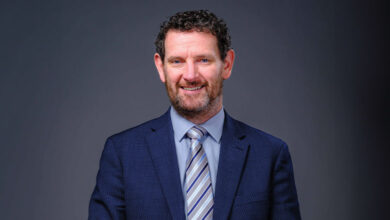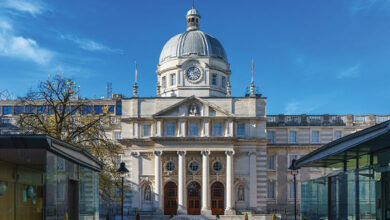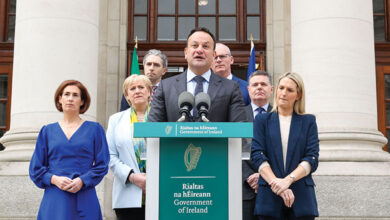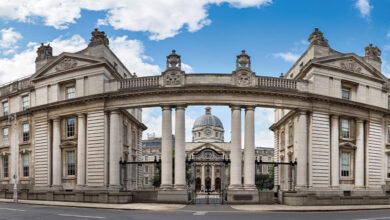Local elections 2024: Runners and riders

eolas Magazine outlines what to look out for in the upcoming local elections, scheduled for 7 June 2024.
For the first time since 2009, voters will be casting their local election ballots in June rather than May. Since the last local elections in 2019, the landscape of Irish politics has changed fundamentally, exemplified via the contrast between the local election results that year and the 2020 general election which followed shortly after.
All three major parties have cause for optimism in this election. Fianna Fáil is hoping to secure an unlikely third poll-topping performance in a row in local government, Fine Gael will be hoping that its new leader will provide momentum ahead of polling, and Sinn Féin – which had a disastrous local election result in 2019 – has been polling in first place for four years almost without interruption.
Fianna Fáil
Fianna Fáil has been lagging behind both Fine Gael and Sinn Féin in opinion polls since the formation of the current government, but at the last two local elections it has delivered surprise victories, topping the poll on both occasions with more than 25 per cent of the vote, and outperforming opinion polls in both elections.
Alongside Fine Gael, Fianna Fáil holds representation in all the State’s local authorities, and its leader, Micheál Martin TD has utilised a strategy in the past of introducing new faces (and sometimes reintroducing old faces) at local election level and then springboarding these same candidates into general election campaigns.
The party is running around 350 candidates, and with Micheál Martin currently boasting the highest approval rating out of the of the three major party leaders, the once-dominant party will hope to deliver another upset and at least retain the majority of the 279 seats it won in the last elections.
Fine Gael
Fine Gael has been in Government for 13 years, during which time it has won two general elections and won both European elections. Local elections, however, have been a different story for the centre-right party, as it has failed to poll in first place at local government level since 2009.
The party suffered heavy losses in 2014, which was characterised by a swing to the left and resulted in significant gains for Sinn Féin, as well as gains by smaller left parties. Under Leo Varadkar’s initial leadership bounce, the party rallied again in 2019 – finishing narrowly behind Fianna Fáil – and won seats in every local authority in the State.
With members’ hopes of a similar spike under new leader Simon Harris TD, Fine Gael will be optimistic of an upset, with a path to victory potentially within the margin of error of current opinion polls.
Sinn Féin
Housing and health propelled Sinn Féin to a surprise poll-topping performance in the last general election, but just months prior, the 2019 local elections were arguably Mary Mou McDonald TD’s lowest ebb as president of Sinn Féin.
Just months after a disastrous result in 2019 which saw the party lose around half its incumbent seats, and fail to win representation on six local authorities, the party then polled in first place by popular vote in a general election.
The party has, almost without exception, led in opinion polls since the general election, and has mirrored this north of the border, where it is now the largest Assembly party and largest party in local government in the six counties. If the party tops the poll in this election, it will have completed its journey from the political fringes to the largest party in both jurisdictions on the island of Ireland, which would be a critical narrative for the party to maintain if it is to keep up momentum ahead of the general election.
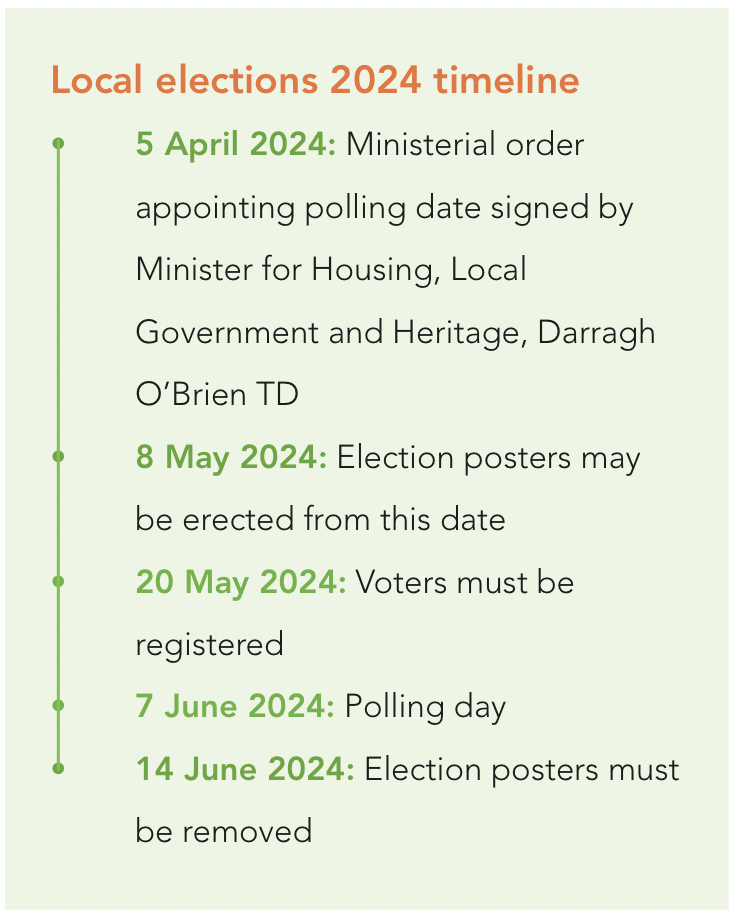
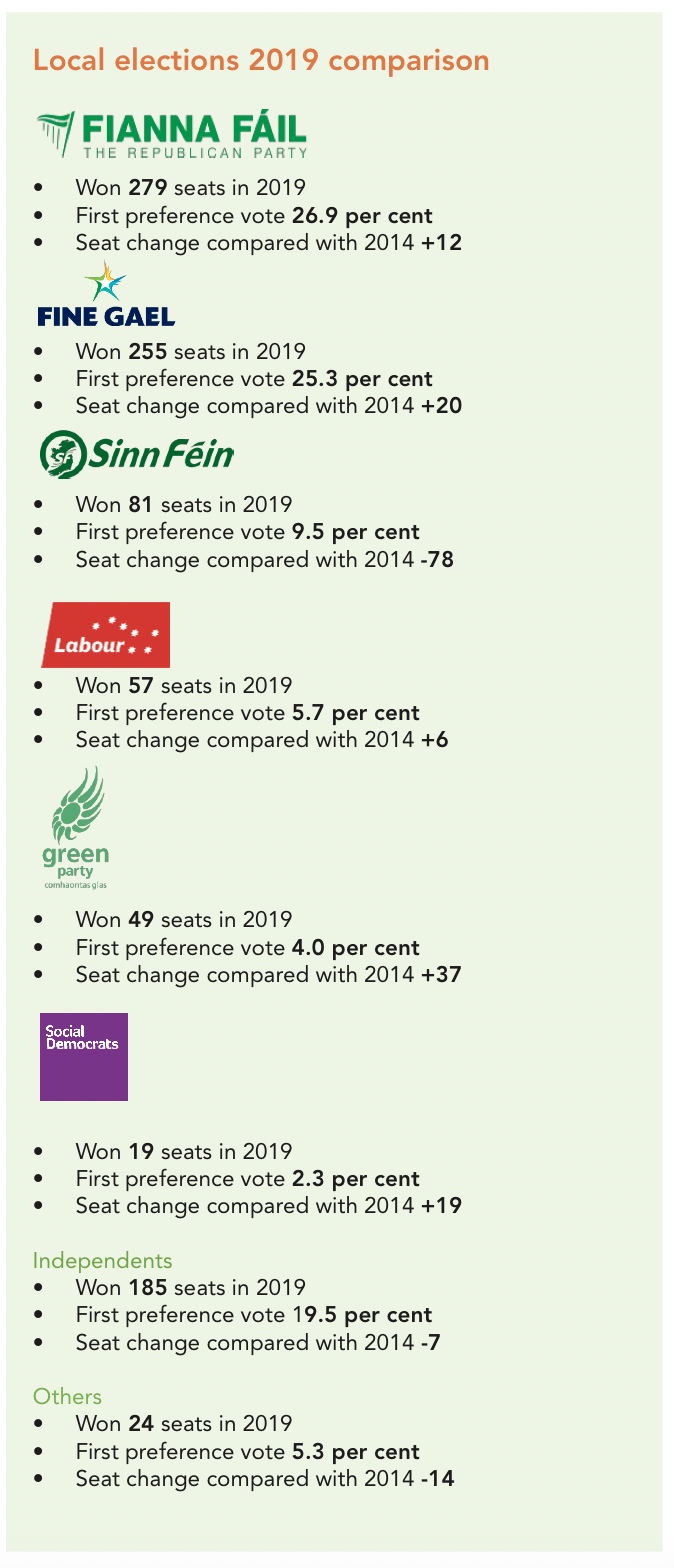
Independents and others
There were 335 council seats won by parties outside of the main three at the last local elections, including 185 independents.
As the ‘best of the rest’ of the parties, Labour will face a challenge to retain seats but will be encouraged by the fact that it outperformed expectations in 2019 and holds representation in a respectable total of 20 local authorities. Opinion polls are not on the party’s side, but Ivana Bacik TD has caused political upset in the past, and with a more left-wing tone being appropriated by the party, it stands a chance of holding onto the bulk of its 57 councillors.
The Green Party achieved the strongest local election result in its history in 2019, but faces an uphill task as its popularity has waned significantly since 2019. Although Eamon Ryan TD has boasted of the party’s prospects, even claiming at the party’s annual convention that “the kingdom [Kerry] is going green”, building on the party’s 49 seats and representation in 17 council chambers will be a significant challenge.
For the Social Democrats, expectations are higher, with Holly Cairns TD stating that the party hopes to double its 19 seats in local government. The Social Democrats are a comparatively unknown quantity as a relative newcomer to the local government scene, but these elections present the centre-left party with an opportunity to emerge as the State’s fourth party ahead of the forthcoming general election.
The number of independents to be elected may give an indication of the number which may follow in the next Dáil. Opinion polling and trends are too unreliable to paint a picture for the precise makeup of independents, as they range from independent socialists, right-wing populists, and localist representatives, but they will undoubtedly continue to be a significant presence in Irish politics.
With immigration rising as a topic of debate in Ireland, several parties are vying to capitalise, with Aontú – the anti-abortionist republican offshoot formed in 2019 – and Independent Ireland – a new right-wing populist party founded by Cork TD Michael Collins – among those in poll position. As with independents, polling is too unreliable to analyse as these are new parties, although Aontú did win three seats in 2019.
Other parties on the more extreme right are running candidates – their first real electoral test since they elbowed their way into the public consciousness. Their performance – which will almost certainly not translate into any significant presence – will be watched closely.
Limerick mayoral election
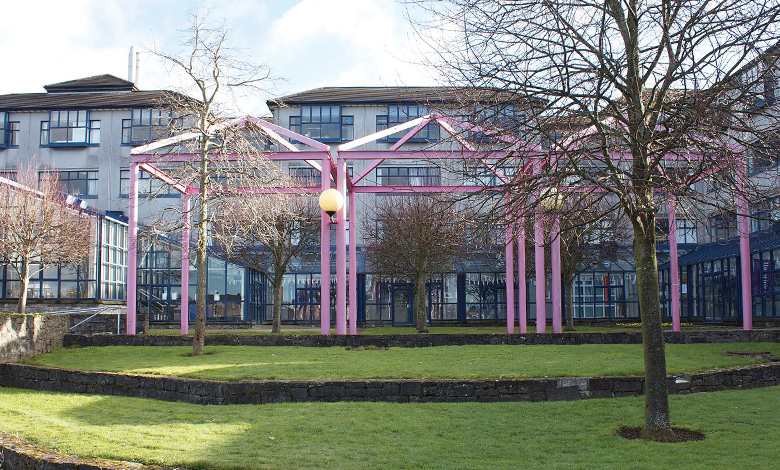
Concurrent with the local and European elections, on 7 June 2024, the voters of Limerick will make history as they become the first in Ireland to vote for a mayor with executive functions.
Limerick has had over 600 mayors in its history, dating back as far as 1197, but the next mayor will be the first to be elected.
In addition, the elected mayor will have powers never before conferred on their predecessors, including executive functions in strategic development, housing and construction, roads, transport, and the environment.
The mayor will have executive power in these functions over the area which comprises Limerick City and County Council.
There are 13 candidates running in the Limerick mayoral election:
- Sarah Beasley, Aontú
- Daniel Butler, Fine Gael
- Frankie Daly, Independent
- Ruairí Fahy, People Before Profit–Solidarity
- Laura Keyes, An Rabharta Glas – Green Left
- Brian Leddin, Green Party
- John Moran, Independent
- Helen O’Donnell, Independent
- Elisa O’Donovan, Social Democrats
- Maurice Quinlivan, Sinn Féin
- Dee Ryan, Fianna Fáil
- Conor Sheehan, Labour Party
- Gerben Uunk, Party for Animal Welfare

